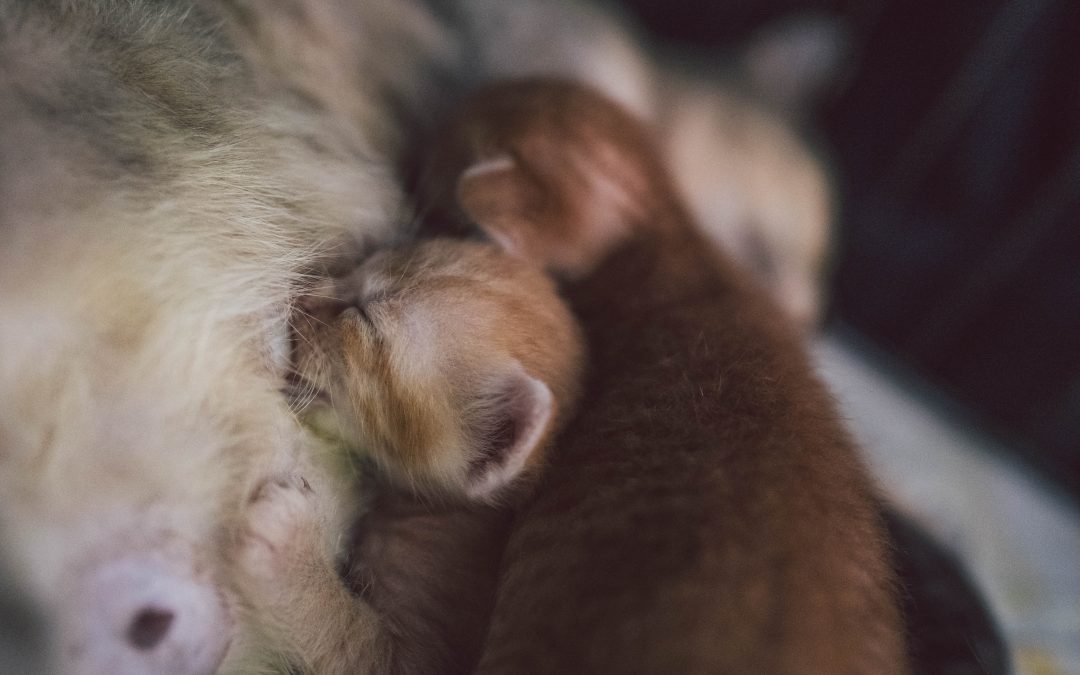Pregnancy in cats can last anywhere from one week to three months, depending on whether the mother cat chooses to give birth outdoors or indoors.
The gestation period for cats tends to be shorter than for humans and other mammals and their kittens often weigh less than one ounce.
However, these signs are very subtle and many cats will not appear to be carrying their young even up to the last week before giving birth.
Video: How to Make a Cat Birthing Box
In order to safeguard against pregnancy dangers and to ensure that your cat gives birth to healthy kittens, it is imperative that you see your veterinarian in order to have blood work done on your pet.
The doctor can use these tests in order to establish your cat’s healthy readings, as well as to check for any health problems that may exist or spring up in the near future.
The veterinarian may also use an ultrasound early on in the pregnancy in order to properly diagnose the process and to assess the development and health of the unborn kittens. In addition, x-rays may be taken of your cat approximately 45 days after mating which can help determine how many kittens will be born and what their size will be.
This information can better help you prepare for the burning time and to adjust your schedule accordingly in order to take care of your cat.
Caution: Your veterinarian is an expert when it comes to your cat’s pregnancy and exactly what prenatal care should be given. Therefore, it is important that you do not risk complications by giving your cat any type of pet supplements, vitamins, or medications that the vet did not administer or approve of.
Your cat can begin to show signs of pregnancy within two weeks from the mating period, specifically by the change in color of the cat’s nipples.
Within two weeks of mating, your cat will become restless and instinctually start to find a place in your home where she will decide to have her babies. Cats do this without having to think about it.
It is nature’s way of keeping the kittens safe when they are born. It is important that you keep your cat confined to the inside of your house from this point on, even if she is already considered to be an outdoor cat. In fact, it is best to confine her to one room of the house if at all possible.
Prepare your cat’s solitary area with what is called a “queening box”. A queening box is simply a place where cats can give birth and it will also help keep the area relatively clean. It can be a simple as a cardboard box that has one side cut open for easy access. You can fill the inside with newspapers or other material that you see fit.
And do not keep her food and water dish in or near this box. It is best to keep them a slight distance away from both the queening box as well as her litter box.

